In the modern machinery processing industry, the mold industry has become a crucial sector in socio-economic development. The research and manufacture of many new products heavily rely on the application of mold manufacturing technology, particularly in the automotive, light industry, electronic components, medical, and aerospace fields.
The key to the progress and development of the mold industry lies in the continuous advancement of mold manufacturing and design technologies. Mold technology involves multidisciplinary intersections. As a product with high added value and technology-intensive application, the proficiency in mold technology has become a vital indicator for assessing a country's manufacturing capabilities. Therefore, innovation in development has swiftly propelled the application of numerous specialized mold manufacturing technologies in the manufacturing industry.
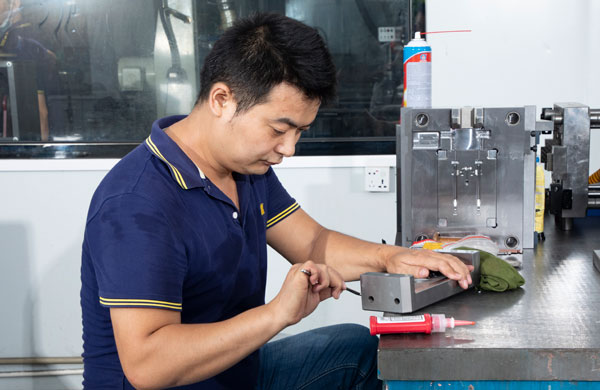
Medical injection molds primarily address the manufacturing of plastic products for human health and medical research. Like ordinary molds, medical molds can produce plastic products in batches, reducing the cost of medical plastic products and, consequently, the cost of medical consumables, ultimately benefiting patients.
The application of metal surface treatment technology by medical mold manufacturers is a systematic engineering process that alters the surface morphology, chemical composition, and organizational structure of solid metal or non-metal materials to achieve the desired surface properties.
Surface treatment of medical injection molds includes the following three categories:
Surface Modification Techniques for Medical Molds: This involves methods such as plasma technology, lasers, electron beams, and high-density solar power generation, which inject ions to modify the surface of mold steel materials.
Mold Surface Coating Technology: This refers to the use of various metal surface treatment techniques to create coatings with special purposes on the product surface. A small amount of material can produce effects that large quantities of expensive bulk materials can achieve or cannot achieve, significantly reducing the processing and manufacturing costs of components. The main characteristic of this technology is its wide range of applicability, with methods including thermal spraying, electrospark deposition, plastic powder coating, vacuum evaporation, sputtering coating, ion plating, chemical liquid deposition, molecular beam epitaxy, and ion beam thin-film technology.
Composite Surface Technology for Medical Molds: This involves applying two or more surface treatment processes to the same workpiece, which not only leverages the unique features of various metal surface treatment technologies but also demonstrates the outstanding effects of combined use.
The functionality of surface treatment for medical molds includes providing heat dissipation, lubrication, and corrosion resistance properties to the coatings of medical injection molds. These properties eliminate the need for lubricants during the use of medical injection molds and enhance heat dissipation on the surface of medical device molds. Especially for inserts in injection molds that cannot be processed with water, such as sharp and thin mold inserts, surface coatings solve the heat dissipation issue.
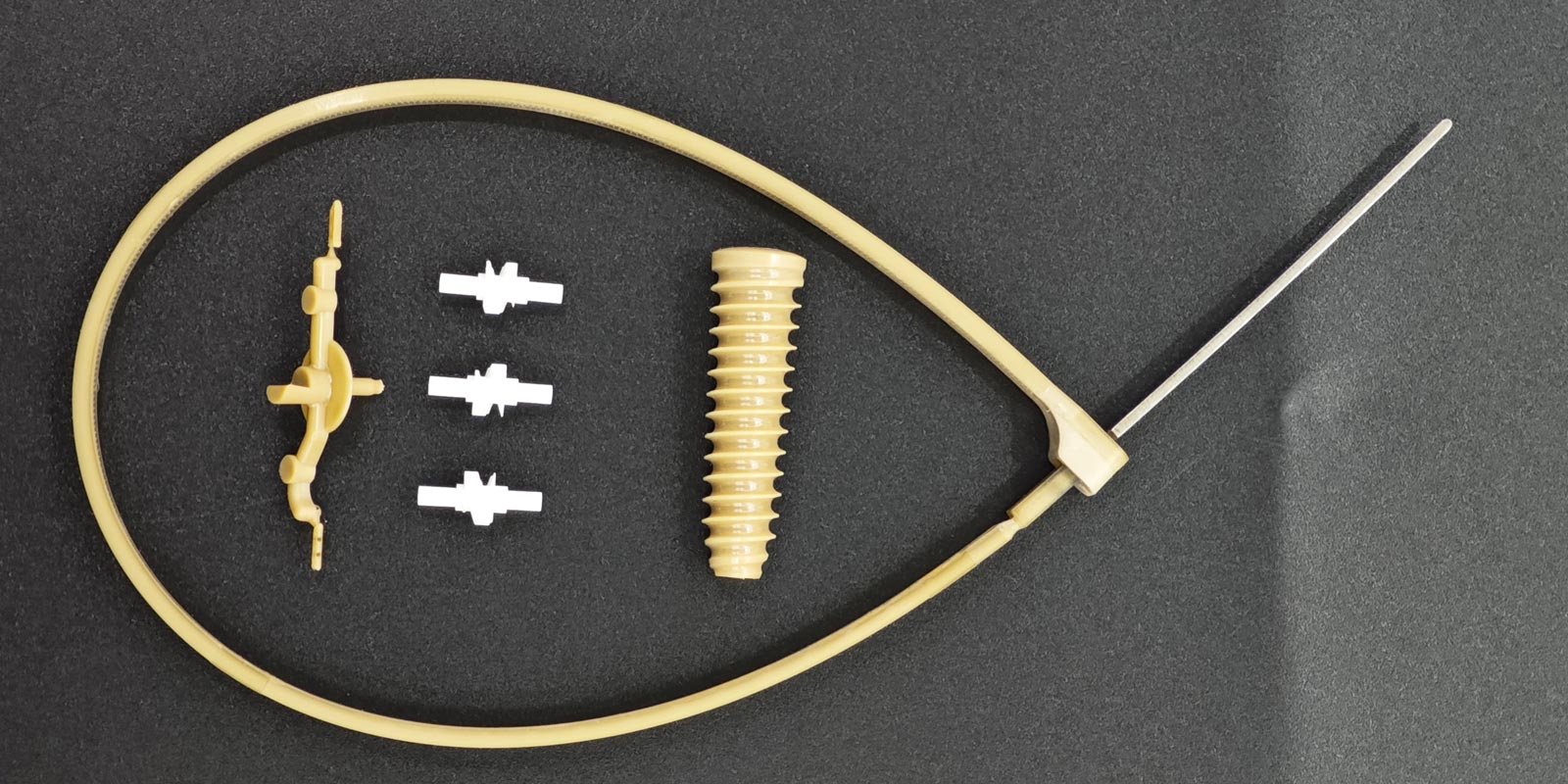
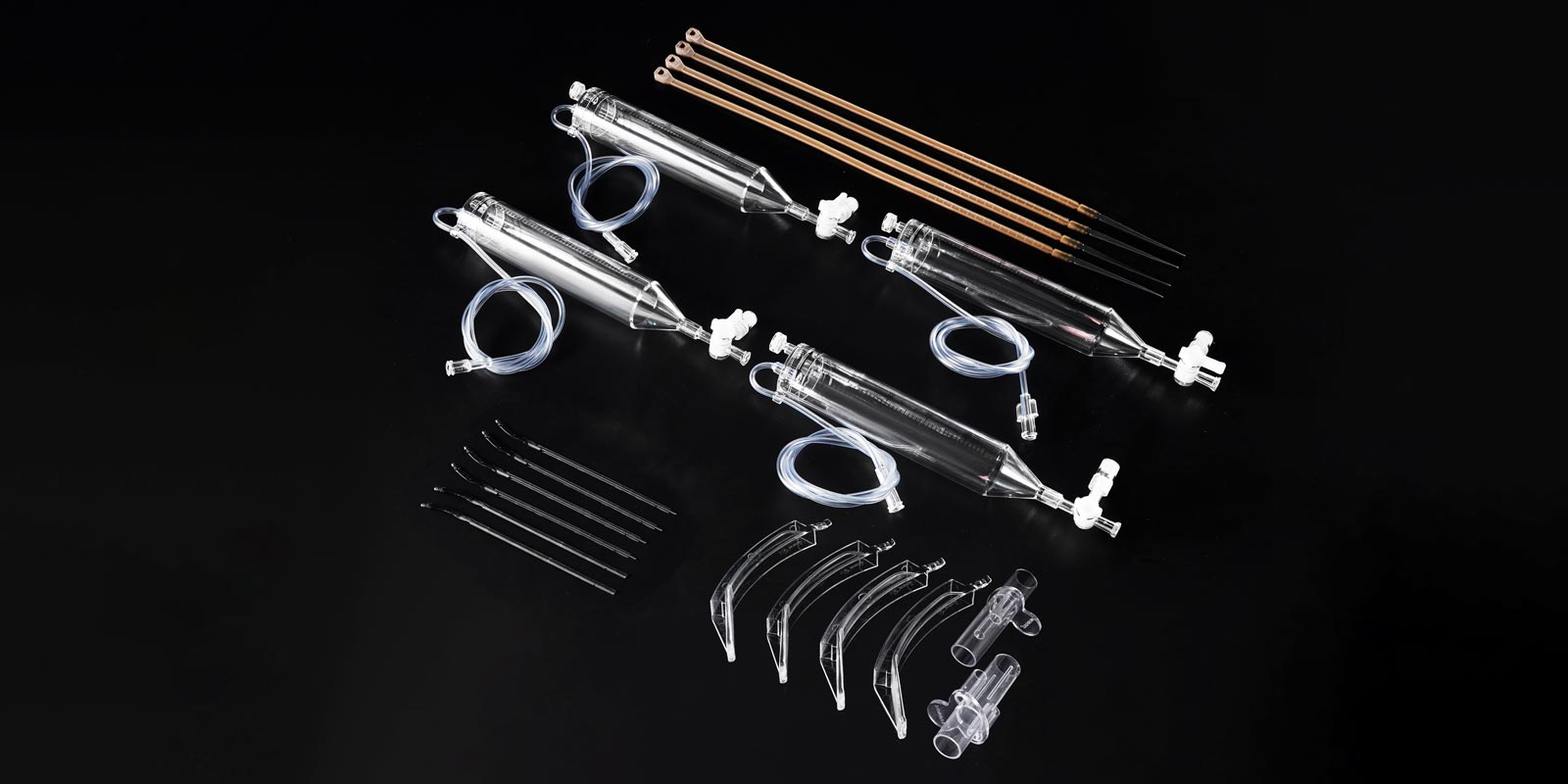
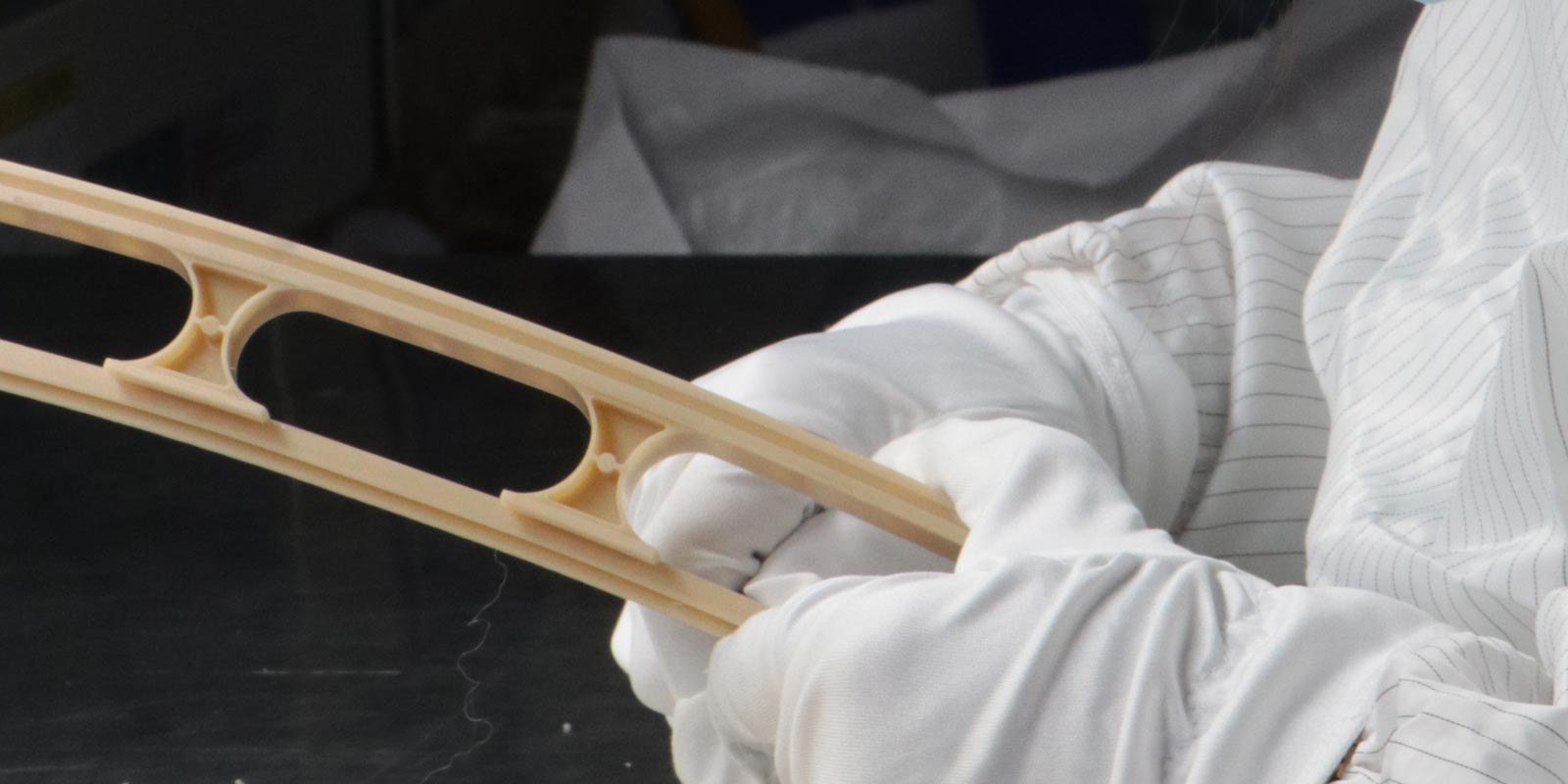
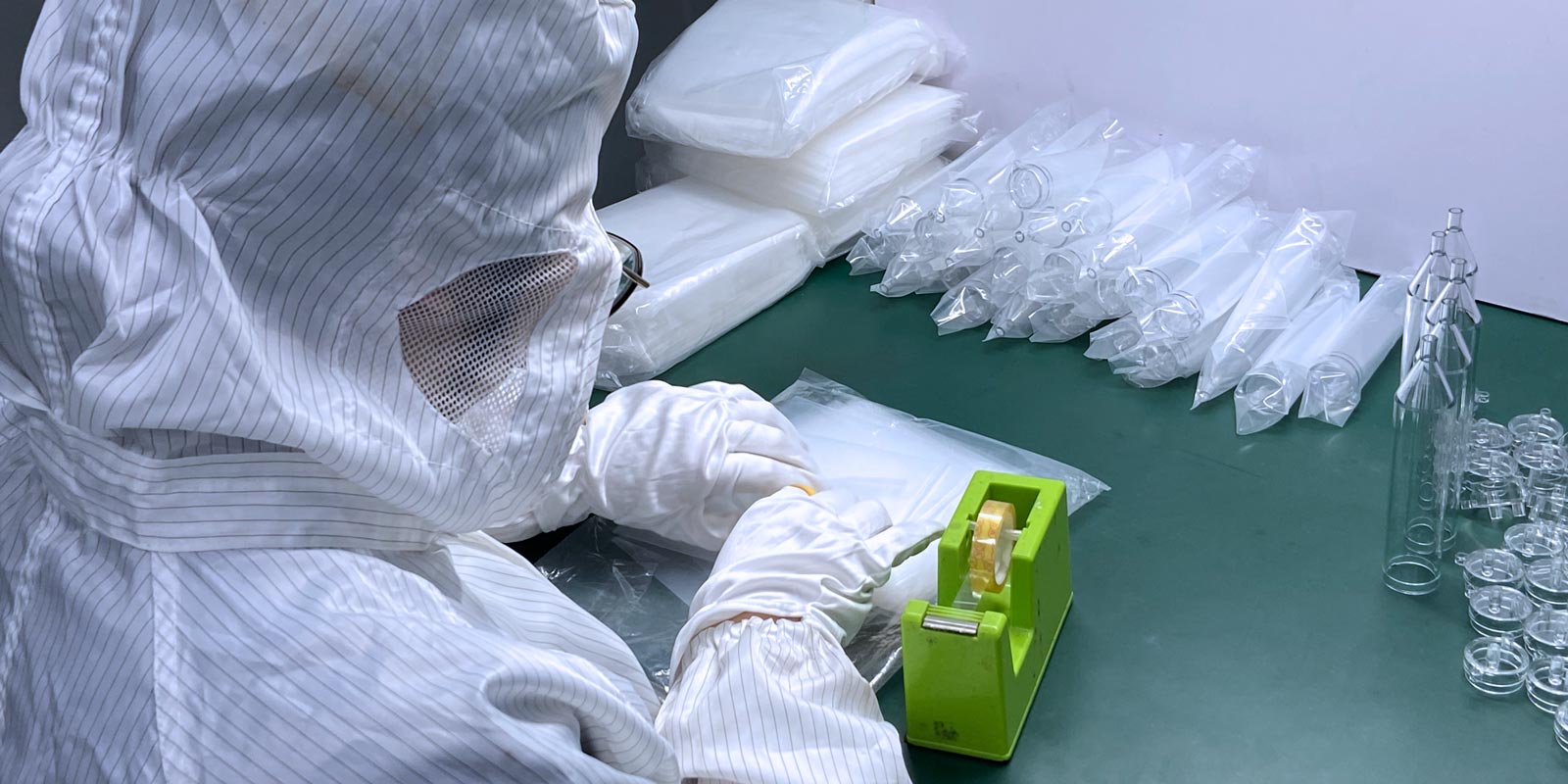
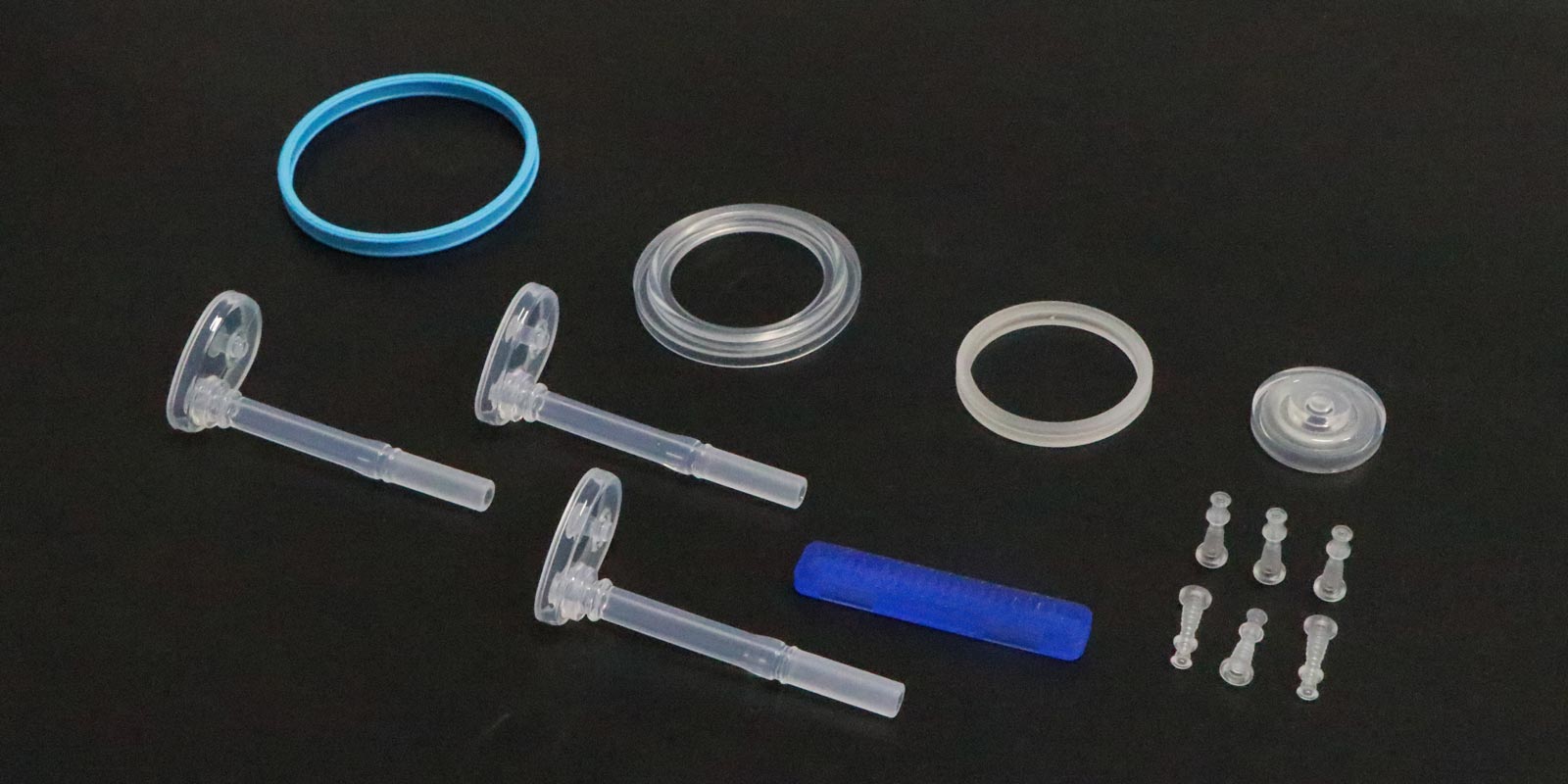











 Home
Home
